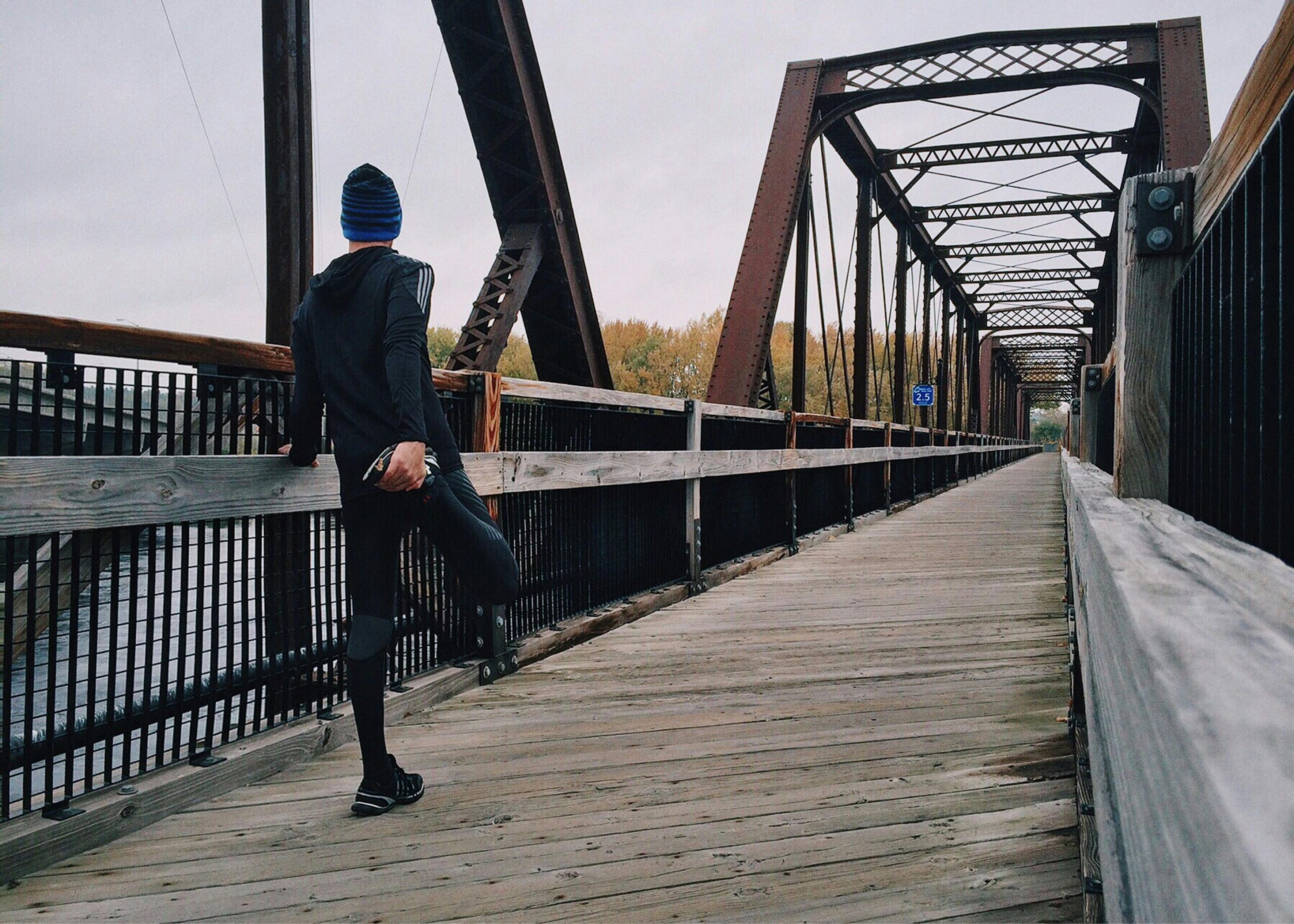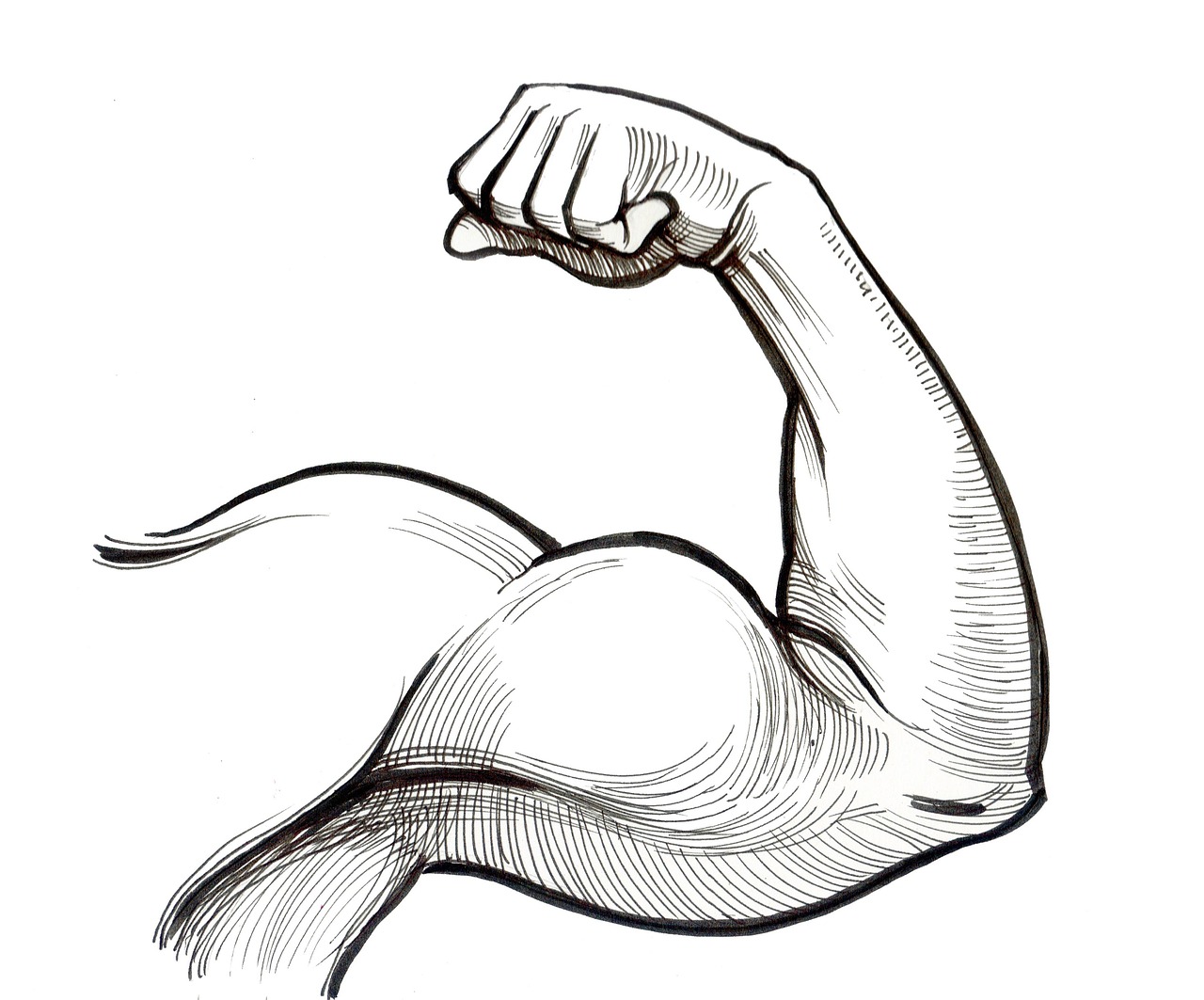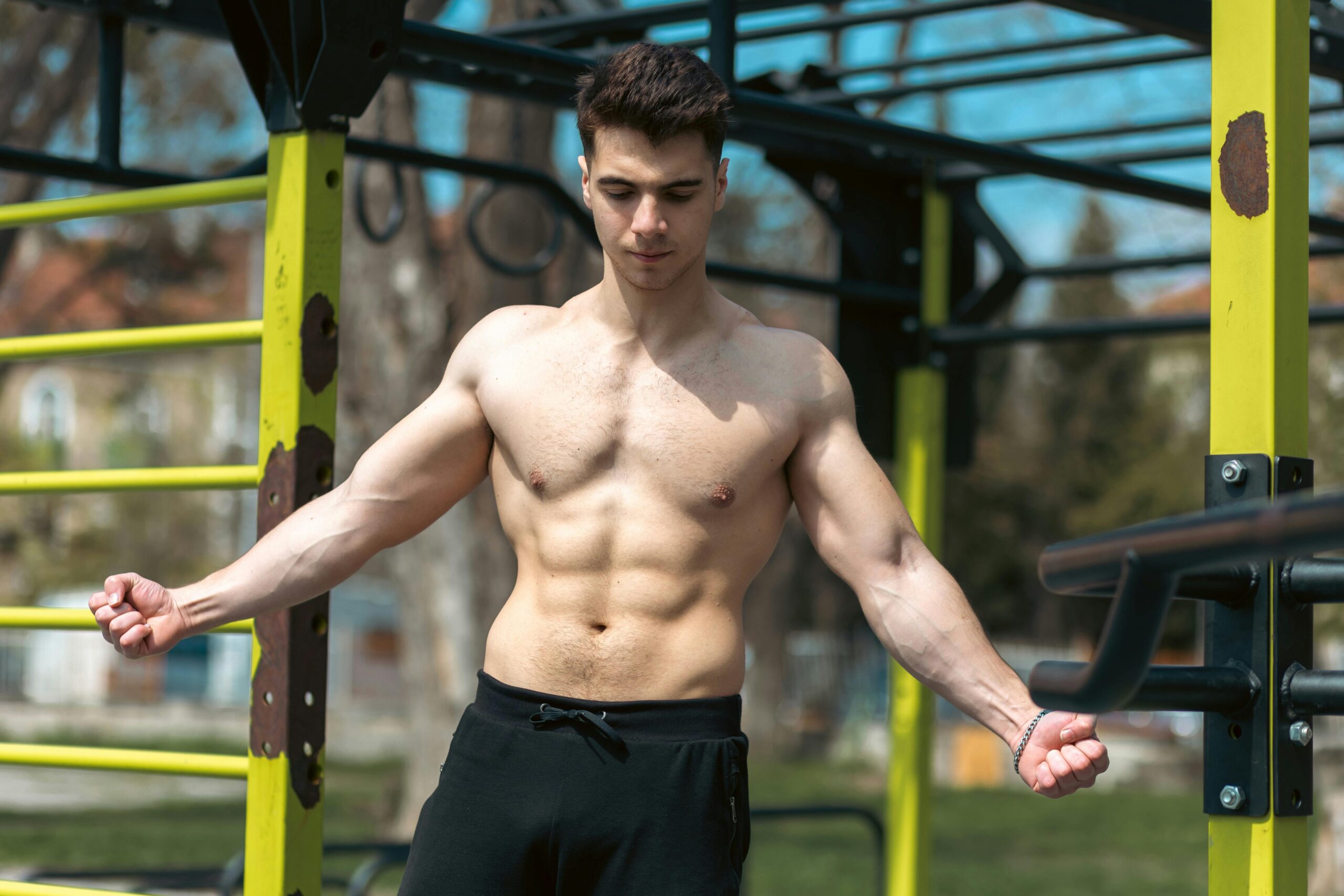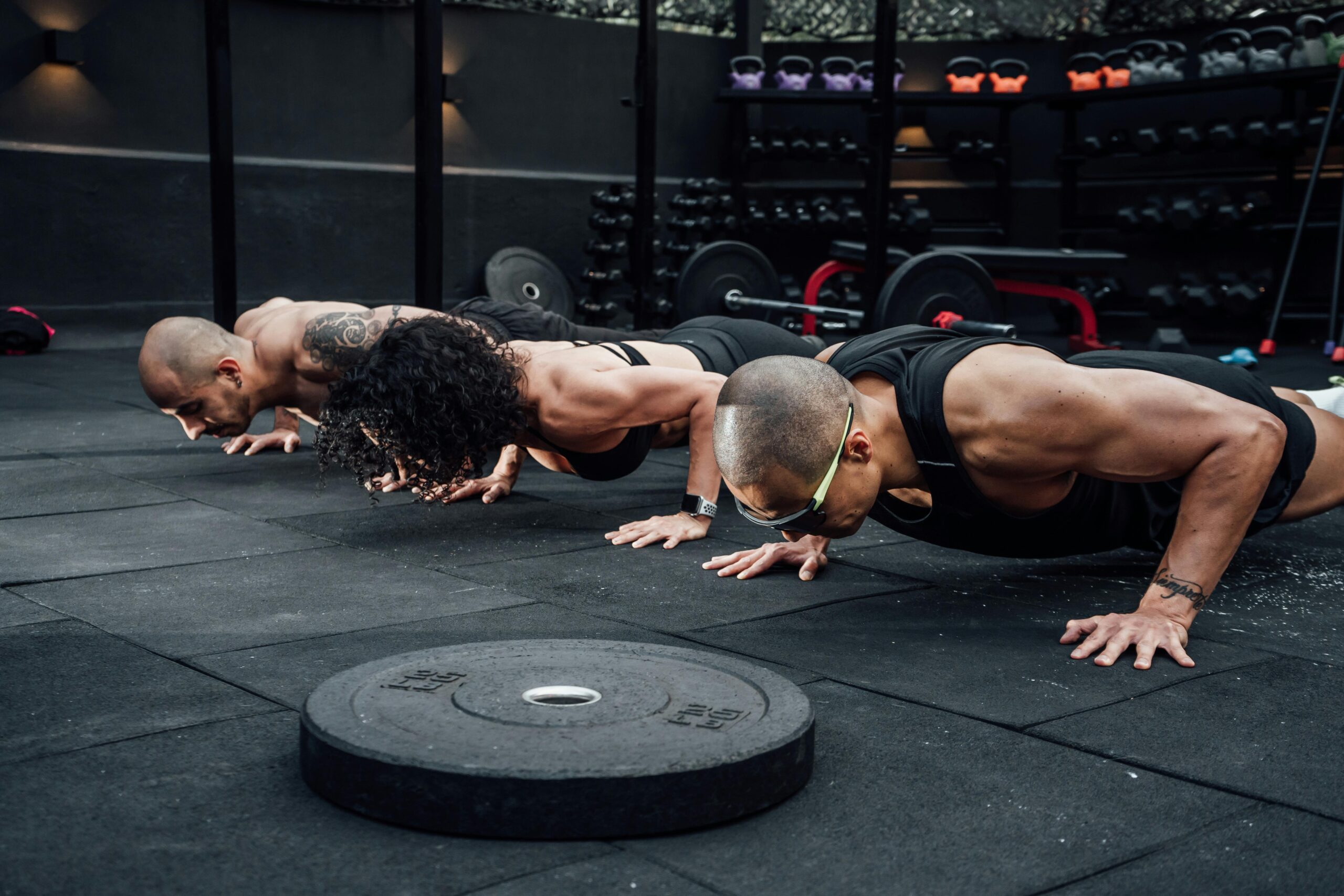Is Calisthenics Good for Sports? The Ultimate Athletic Advantage
If you’re an athlete or just looking to improve your sports performance, you might be wondering: Is calisthenics good for sports?
The short answer? Absolutely!
Calisthenics isn’t just about flashy pull-ups and handstands. It’s a full-body training system that builds strength, agility, endurance, and mobility—all of which are crucial for athletic performance.
In this post, we’ll break down exactly why calisthenics is great for sports, how it improves performance, and how to incorporate it into your training.
Why Is Calisthenics Good for Sports?
Calisthenics is all about bodyweight control. Unlike traditional weightlifting, it teaches you to move efficiently, react quickly, and build functional strength.
Here’s why it’s a game-changer for athletes:
- Injury Prevention – Strengthens tendons, ligaments, and stabilizer muscles.
- Explosive Power – Improves jump height, sprint speed, and agility.
- Core Strength – A solid core enhances balance, coordination, and endurance.
- Flexibility & Mobility – Reduces stiffness, making movements smoother.
- Endurance & Stamina – Keeps you performing at a high level for longer.
Whether you’re a soccer player, basketball athlete, martial artist, or runner, calisthenics can elevate your game and overall fitness.
How Calisthenics Improves Athletic Performance
Athletes need a combination of strength, speed, endurance, and flexibility. Let’s break down how calisthenics enhances each of these key components.
1. Strength and Power
Strength is the foundation of all sports. But unlike traditional weight training, calisthenics focuses on relative strength—how strong you are in relation to your body weight.
Best calisthenics moves for strength:
- Push-Ups – Builds upper body endurance and power.
- Pull-Ups – Strengthens the back, arms, and shoulders.
- Dips – Increases pushing strength for combat sports and basketball.
For explosive power, athletes can use:
- Clap Push-Ups – Mimics explosive movements needed in sports.
- Plyometric Squats – Develops fast-twitch muscle fibers for sprinting and jumping.
- Broad Jumps – Enhances acceleration and leg power.
2. Speed and Agility
Speed is critical in sports like football, basketball, and soccer. Calisthenics trains the fast-twitch muscle fibers responsible for quick, powerful movements.
Exercises that boost speed and agility:
- Sprints – Develops acceleration and leg drive.
- Lateral Jumps – Improves side-to-side movement.
- High Knees – Enhances running mechanics and endurance.
By incorporating calisthenics drills, you’ll move faster, react quicker, and change direction more effectively.
3. Endurance and Conditioning
Athletes need to perform at a high level for long periods. Calisthenics builds both muscular and cardiovascular endurance.
Best calisthenics exercises for endurance:
- Burpees – Full-body conditioning and stamina booster.
- Jump Rope – Enhances footwork and cardiovascular fitness.
- Mountain Climbers – Engages core while building endurance.
For high-intensity sports like MMA, basketball, and soccer, these exercises ensure you don’t gas out when it matters most.
4. Core Strength and Stability
A strong core is essential for balance, coordination, and injury prevention in all sports.
Top core-focused calisthenics moves:
- Planks – Builds overall core stability.
- Hanging Leg Raises – Strengthens the lower abs and hip flexors.
- Russian Twists – Improves rotational power for sports like baseball and golf.
A well-trained core improves everything from sprinting and jumping to throwing and tackling.
5. Flexibility and Mobility
Athletes need to move freely and efficiently. Tight muscles can lead to injuries, so improving flexibility is key.
Calisthenics exercises for mobility:
- Deep Squats – Enhances lower body flexibility.
- Bridges – Strengthens the lower back and opens the hips.
- Shoulder Dislocates – Improves overhead mobility for throwing and lifting.
Greater mobility and flexibility mean fewer injuries and better overall movement on the field or court.

Calisthenics vs. Weight Training for Sports
Athletes often wonder, should I train with weights or calisthenics?
Here’s a quick comparison:
| Factor | Calisthenics | Weight Training |
|---|---|---|
| Functional Strength | ✅ High | ✅ Moderate |
| Explosiveness | ✅ High | ✅ High |
| Injury Risk | ✅ Low | ❌ Higher |
| Flexibility | ✅ High | ❌ Lower |
| Equipment Needed | ✅ None | ❌ Required |
While both methods have benefits, calisthenics is more functional and reduces injury risk—making it a great primary or supplementary training method for sports.
How to Add Calisthenics to Your Sports Training
If you want to integrate calisthenics into your sports training, follow this weekly routine:
Day 1: Strength & Power
- Pull-Ups – 3 sets of 10
- Dips – 3 sets of 12
- Plyometric Push-Ups – 3 sets of 12
- Pistol Squats – 3 sets of 8 each leg
Day 2: Speed & Agility
- Sprint Intervals – 6 rounds
- Lateral Bounds – 3 sets of 12
- High Knees – 3 sets of 20 seconds
- Jump Rope – 5 minutes
Day 3: Core & Endurance
- Planks – 3 sets of 45 seconds
- Hanging Leg Raises – 3 sets of 12
- Burpees – 3 sets of 15
- Mountain Climbers – 3 sets of 20 seconds
This balanced approach ensures you build strength, power, speed, and endurance—all key factors in sports performance.
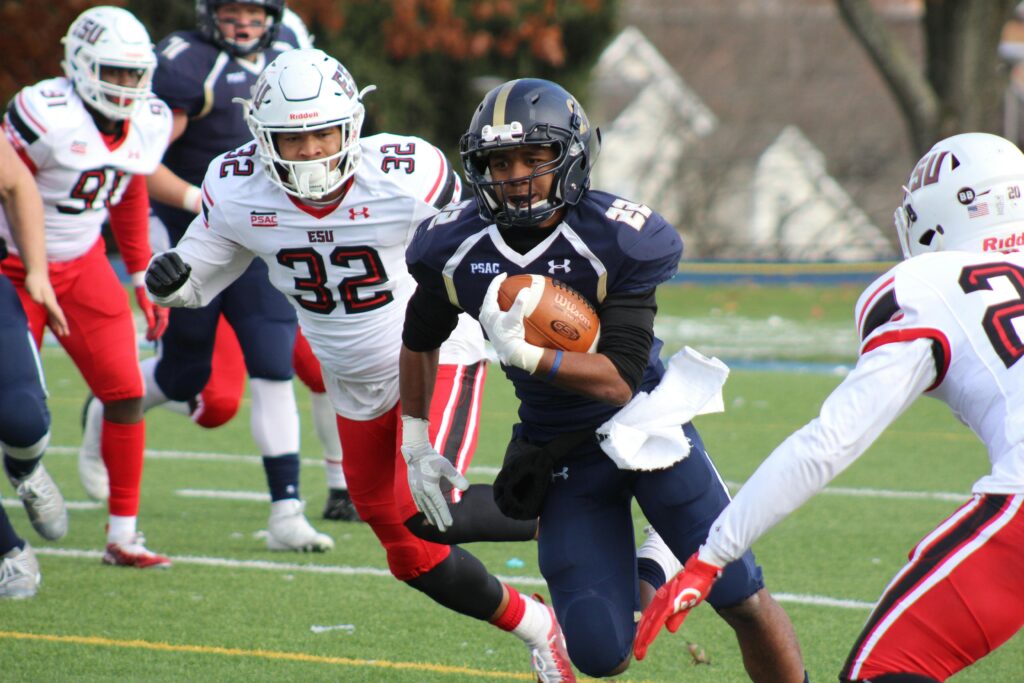
Final Verdict: Is Calisthenics Good for Sports?
Without a doubt, YES!
Calisthenics isn’t just good for sports—it’s one of the best training methods to improve strength, agility, endurance, and injury resistance.
Why Athletes Should Use Calisthenics
✅ Builds functional, sport-specific strength
✅ Enhances explosive power and speed
✅ Improves endurance and conditioning
✅ Increases flexibility and mobility
✅ Lowers injury risk
No matter what sport you play, adding calisthenics to your routine will help you perform better and stay injury-free.
Want more? Check these out!
- Can You Start Calisthenics at 40? – It’s never too late to build strength.
- What is Calisthenics? – A complete beginner’s guide.
- Calisthenics Core Workout Without Equipment – Strengthen your core anywhere.

